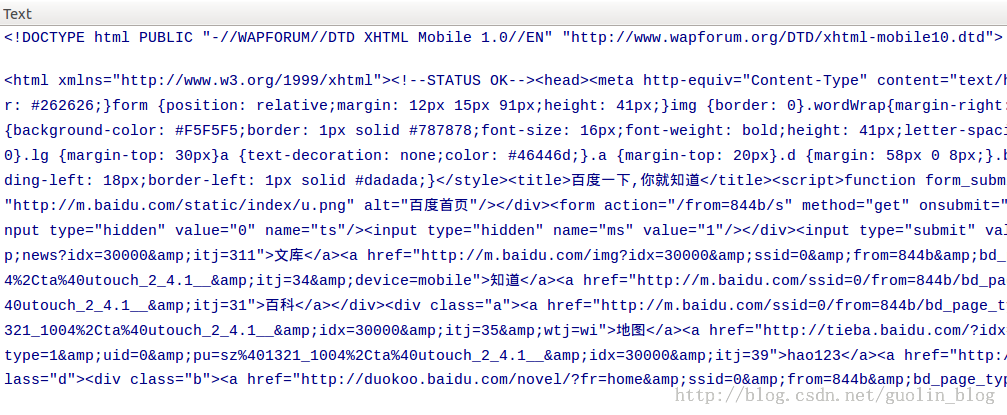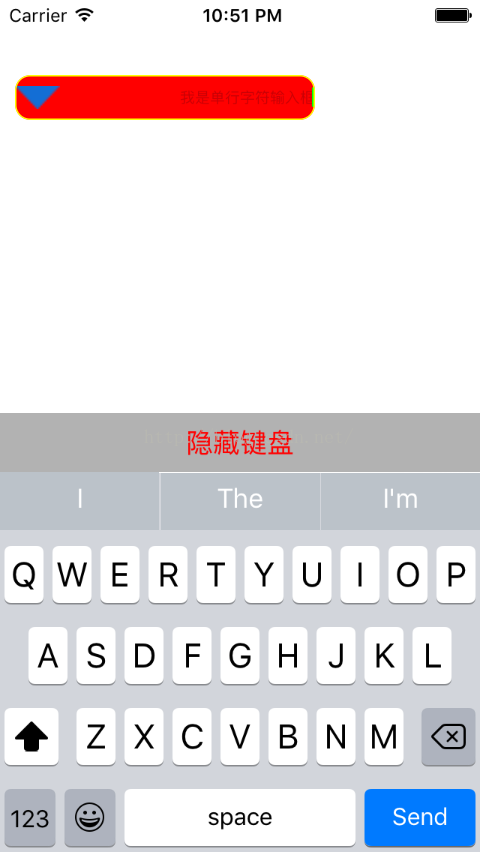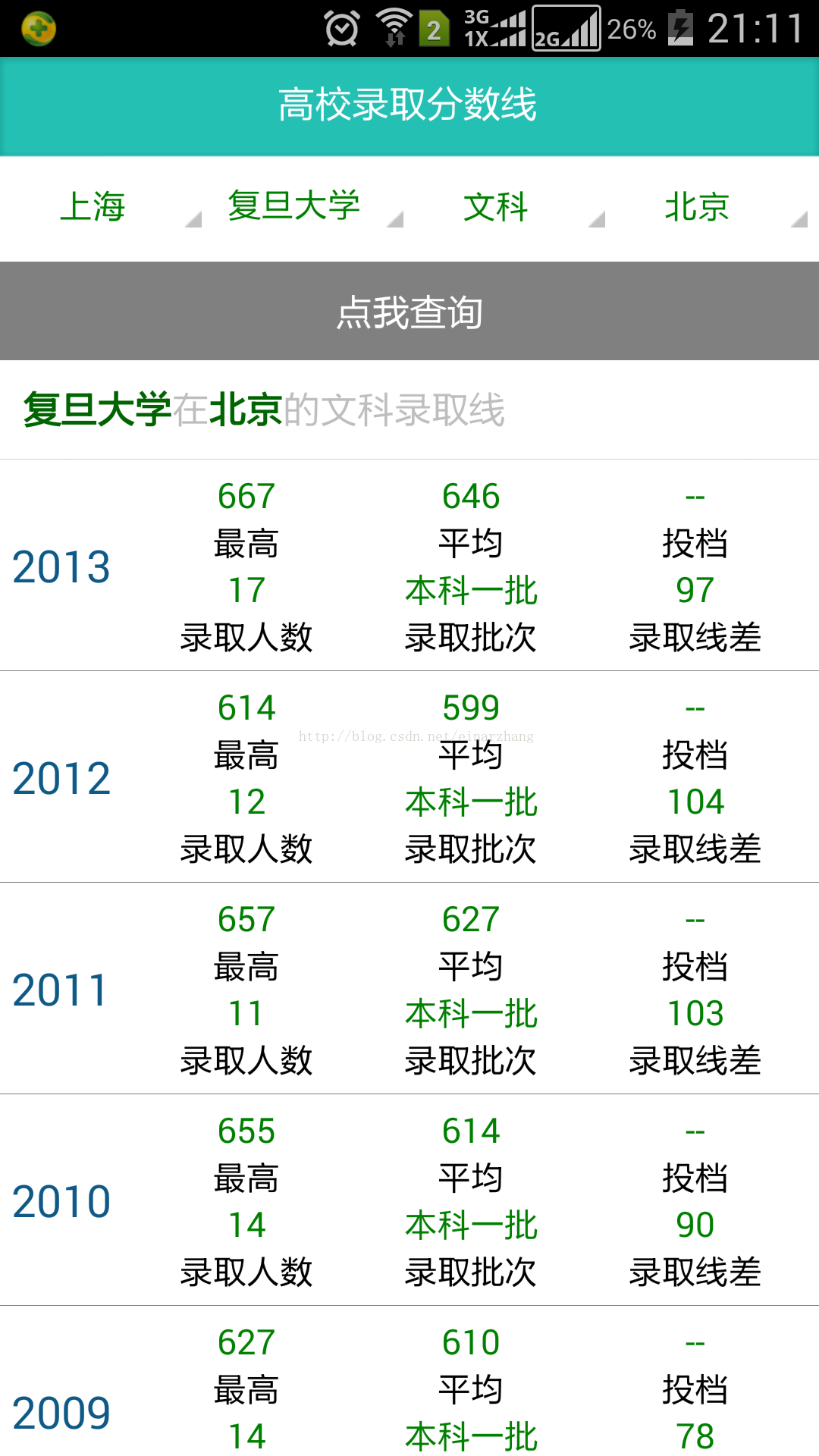編輯:關於Android編程
直接給代碼吧,研究了幾天才搞定......
public static final String CLIENT_KET_PASSWORD = "Ku6OpqKDfN4=305790"; //
public static String getNewHttpClient(String url)
{
try
{
// KeyStore trustStore = KeyStore.getInstance("PKCS12", "BC");
// trustStore
// .load(PcPostApplication.getInstance().getAssets()
// .open("abc.pfx"), CLIENT_KET_PASSWORD.toCharArray());
SSLSocketFactory sf =
new SSLSocketFactoryEx(AppConfig.mKeyStore,
AppConfig.CERTFILE_PASSWORD.toCharArray());
sf.setHostnameVerifier(SSLSocketFactory.ALLOW_ALL_HOSTNAME_VERIFIER);
HttpParams params = new BasicHttpParams();
HttpProtocolParams.setVersion(params, HttpVersion.HTTP_1_1);
HttpProtocolParams.setContentCharset(params, HTTP.UTF_8);
SchemeRegistry registry = new SchemeRegistry();
registry.register(new Scheme("http", PlainSocketFactory
.getSocketFactory(), 80));
registry.register(new Scheme("https", sf, 443));
HttpClient client = null;
String msg = "";
try
{
ClientConnectionManager ccm =
new ThreadSafeClientConnManager(params, registry);
client = new DefaultHttpClient(ccm, params);
HttpGet hg = new HttpGet(url);
HttpResponse response = client.execute(hg);
HttpEntity entity = response.getEntity();
if (entity != null)
{
InputStream instreams = entity.getContent();
msg = convertStreamToString(instreams);
}
return msg;
}
catch (Exception e)
{
// TODO Auto-generated catch block
e.printStackTrace();
}
}
catch (Exception e)
{
e.printStackTrace();
}
return "";
}
public static String convertStreamToString(InputStream is)
{
BufferedReader reader = new BufferedReader(new InputStreamReader(is));
StringBuilder sb = new StringBuilder();
String line = "";
try
{
while ((line = reader.readLine()) != null)
{
sb.append(line + "\n");
}
}
catch (IOException e)
{
e.printStackTrace();
}
finally
{
try
{
is.close();
}
catch (IOException e)
{
e.printStackTrace();
}
}
return sb.toString();
}上面的加載證書並請求,但是在這需要注意一個問題SSLSocketFactory需要自定義,看下面自定義的代碼:
public class SSLSocketFactoryEx extends SSLSocketFactory
{
SSLContext sslContext = SSLContext.getInstance("TLS");
public SSLSocketFactoryEx(KeyStore truststore, char[] arry)
throws NoSuchAlgorithmException, KeyManagementException,
KeyStoreException, UnrecoverableKeyException
{
super(truststore);
KeyManagerFactory localKeyManagerFactory =
KeyManagerFactory.getInstance(KeyManagerFactory
.getDefaultAlgorithm());
localKeyManagerFactory.init(truststore, arry);
KeyManager[] arrayOfKeyManager =
localKeyManagerFactory.getKeyManagers();
TrustManager tm = new X509TrustManager()
{
@Override
public X509Certificate[] getAcceptedIssuers()
{
return null;
}
@Override
public void checkServerTrusted(X509Certificate[] chain,
String authType) throws CertificateException
{
}
@Override
public void checkClientTrusted(X509Certificate[] chain,
String authType) throws CertificateException
{
}
};
sslContext.init(arrayOfKeyManager, new TrustManager[] { tm },
new java.security.SecureRandom());
}
@Override
public Socket createSocket(Socket socket, String host, int port,
boolean autoClose) throws IOException, UnknownHostException
{
return sslContext.getSocketFactory().createSocket(socket, host, port,
autoClose);
}
@Override
public Socket createSocket() throws IOException
{
return sslContext.getSocketFactory().createSocket();
}
} Android NDK開發介紹
Android NDK開發介紹
一、 JNI基礎介紹JNI is the Java Native Interface. It defines a way for managed code (writte
 Android的HTTP類庫Volley入門學習教程
Android的HTTP類庫Volley入門學習教程
1. 什麼是Volley我們平時在開發Android應用的時候不可避免地都需要用到網絡技術,而多數情況下應用程序都會使用HTTP協議來發送和接收網絡數據。Android系
 UITextField的使用
UITextField的使用
UITextField是輸入字符的視圖控件1是UIView的子類,具有與view一樣的屬性2字符輸入只能是單行輸入,不能換行,也不能多行輸入3與自己特有的屬性4 text
 Android開發實例-高校錄取分數線應用
Android開發實例-高校錄取分數線應用
本系列文章提供簡單Android應用開發實例方法,文章步驟如下所示:1 獲取應用所需的數據源數據源一般來源於互聯網、個人搜集或者其他方式2 應用UI設計每個應用軟件都需要